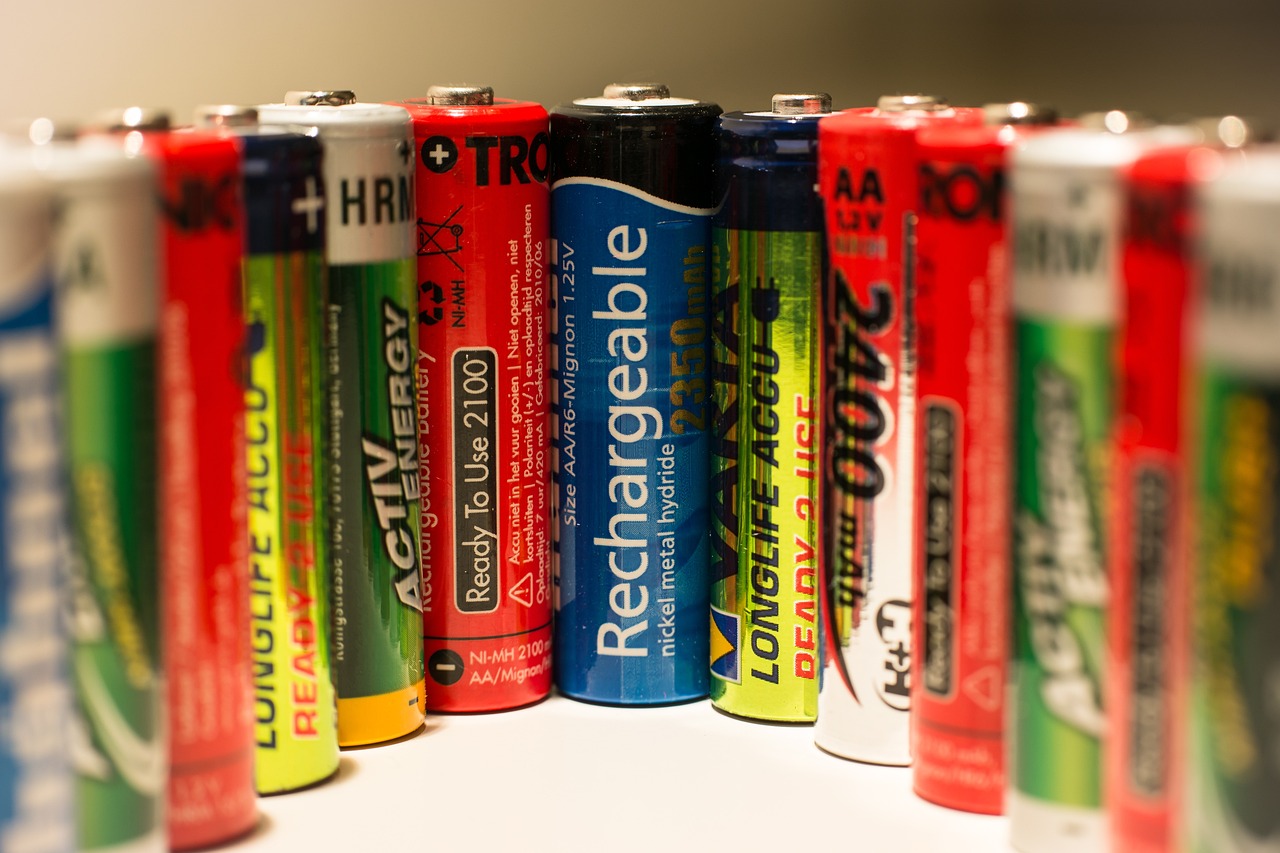This post is also available in:
 עברית (Hebrew)
עברית (Hebrew)
Scientists recently developed a revolutionary design for a self-extinguishing rechargeable battery that prevents fires and explosions caused by overheating.
The study was published in Nature Sustainability and describes how the scientists replaced highly combustible electrolytes (a substance that allows electric charge to flow between the battery terminals) with materials that are found in regular fire extinguishers.
The conventional electrolyte is composed of flammable materials prone to cause a fire or explosion. The researchers modified affordable commercial coolants used to suppress flames to function as battery electrolytes. This way, their newly developed electrolyte is nonflammable, heat-resistant, and compatible with any battery chemistry.
According to Interesting Engineering, they performed various testing under different conditions, and found that the electrolyte worked well across a wide temperature range, from -75 to 80 C°. The batteries also transfer heat away from the battery thus effectively extinguishing internal fires. The battery also withstood the “nail penetration test,” a common method for assessing lithium-ion battery safety in which a stainless-steel nail is driven through a charged battery thus simulating an internal short circuit, which can cause a fire or explosion.
Lithium-ion batteries are widely used in electronics and electric vehicles but have several safety issues. Battery safety and durability can be seriously compromised by high outdoor temperatures or uneven temperatures within a battery pack, for example.
The researchers claim their design has the potential to make lithium-ion batteries safer and can buy time for longer-term improvements that reduce inherent risks of overheating and thermal runaway.
However, the development process raised several challenges. For instance, most known nonflammable organic solvents contain expensive fluorine and phosphorus, which can harm the environment. Nevertheless, the researchers said they will continue exploring more sustainable and cost-effective alternatives for their electrolytes.


























